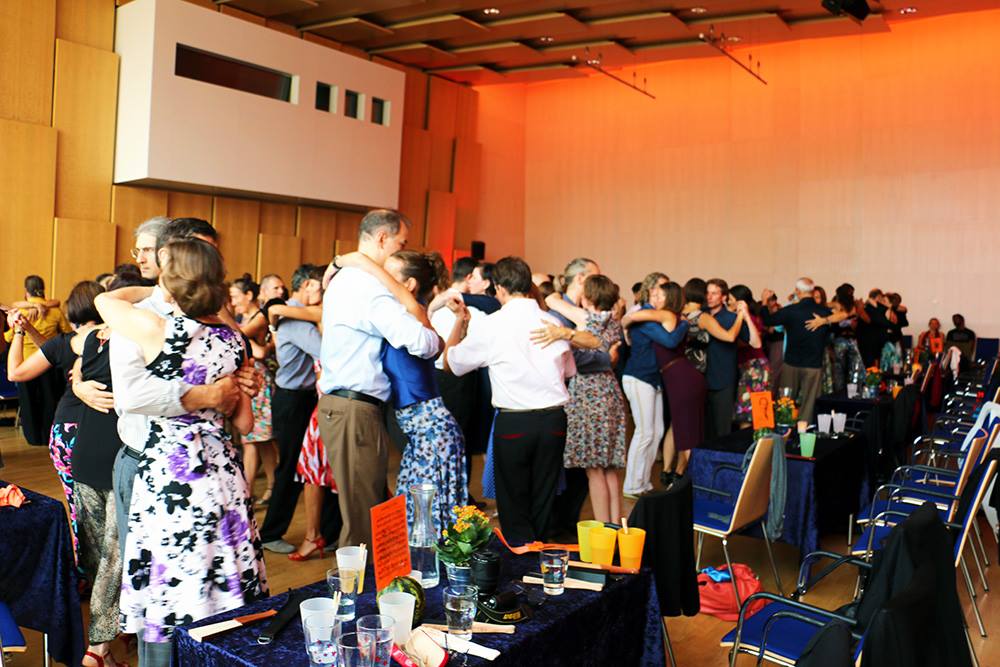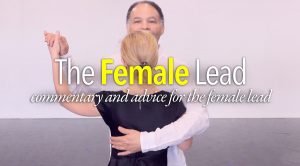Ballet dancers know all too well that a good dance teacher is strict, hard as a nails, and won’t let you get away with anything. While it may be hard on the body, and hard on the ego, the fact is that dance teachers like that are a godsend. However, the teacher is only one component to the educational process.
A big part of one’s desire to be a better dancer is self-discipline. And not just a discipline to dance religiously once or twice a week, but an active participation in focusing on one’s own technique, one’s abilities, and the execution therein. It’s a daily discipline, a mindful practice towards improvement, towards cleaning up one’s issues, and at the same time an honest and clear appraisal of where one is at in relationship to what one’s ultimate goals with the dance are. And then, here’s the hard part, following through on that discipline.
Most people, sadly, mouth the words of improvement, but do not follow through on that improvement in any way, shape, or form with a myriad of excuses. And yet these same people complain that they don’t get the dances that they desperately want. There’s a reason why those get dances, it’s called ‘Discipline’. Hard work and lots of blood, sweat, and tears all in the pursuit of a better quality of dance.











